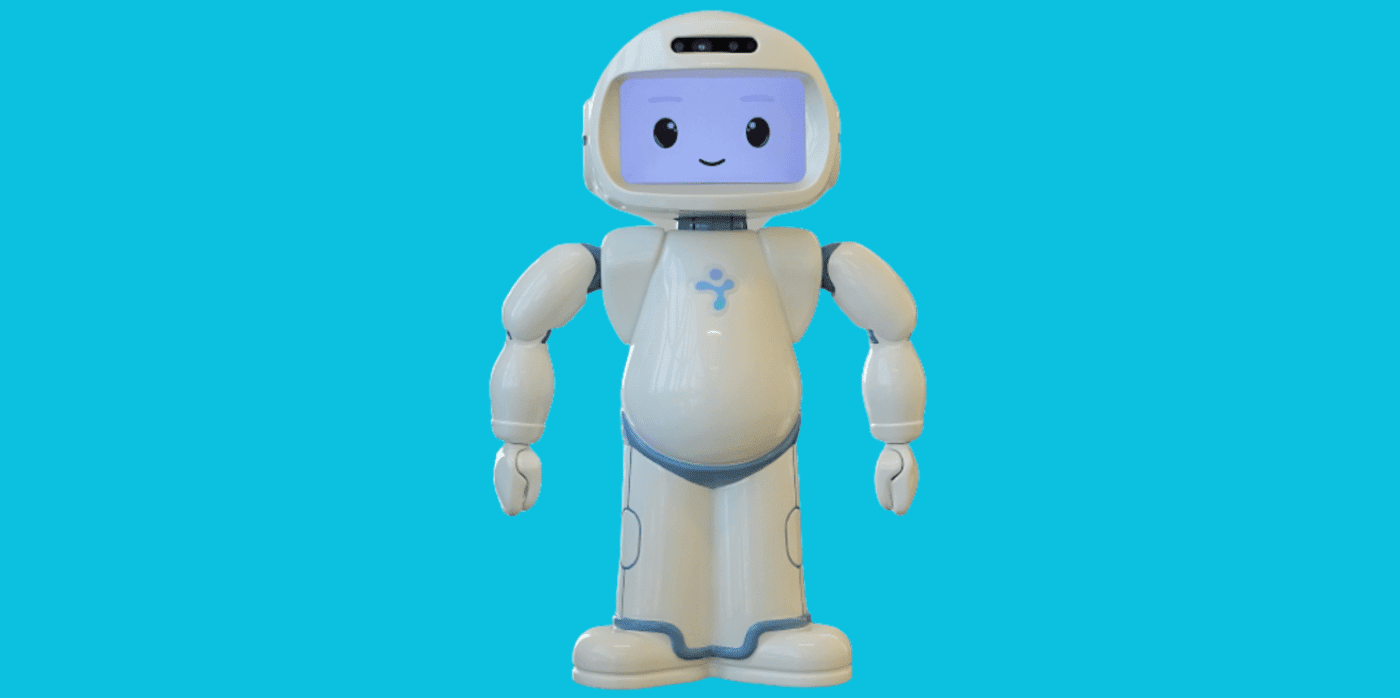Robots helping children with disabilities stay on track

Spotted: Teaching in an inclusive manner that makes full use of accessibility technologies can greatly “improve the potential for learning in children and youth with learning disabilities.” Robots have been used in recent years to assist students with autism spectrum disorder, and now a team of researchers at the Social and Intelligent Robotics Research Laboratory (SIRRL) at the University of Waterloo in Canada has created a robot to help students with learning disabilities stay focused on the tasks at hand.
Led by Dr Kerstin Dautenhahn, a professor of electrical and computer engineering, the group tested a social assistance robot named QT in classrooms. Instructors use a tablet to communicate with the robot, including indicating when the robot is to lead a one-on-one lesson with a student.
QT uses hand and head gestures, as well as changing facial expressions and speech to communicate. In order to help students stay attuned to the lesson, the robot uses a mix of jokes, games, breathing exercises, and physical movement.
The studies found that the students who learned alongside the robot completed more of their tasks than those without QT. Now, the research team is planning further studies of the robot’s assistive capabilities, along with ways in which the technology could be made more widely accessible.
From an online assessment that identifies children struggling to read to a mobile-first education platform, Springwise is spotting innovations making education fun and easy to access for a range of abilities.
Written By: Keely Khoury

